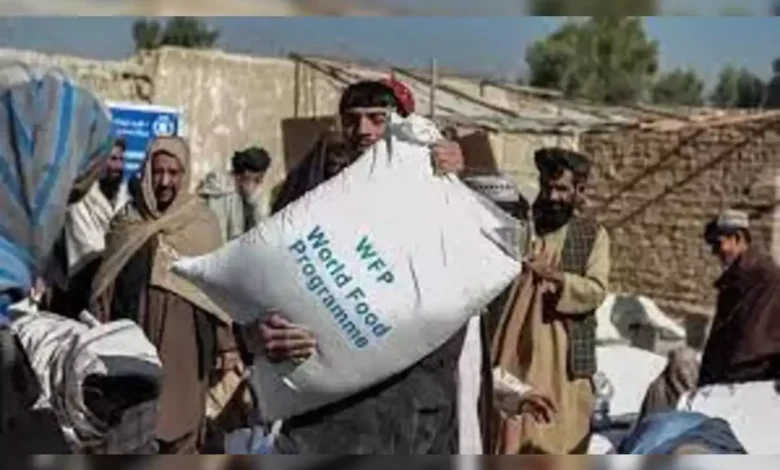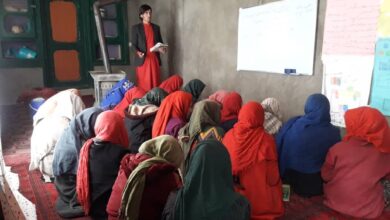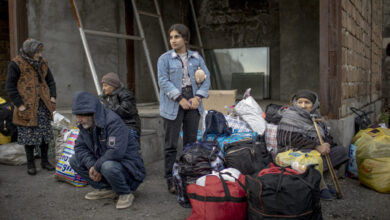
Food security in Afghanistan during the past year (1402).
The year 1402 unfolded in a manner where, as per the report by the United Nations World Food Program, 15.8 million individuals out of 41.7 million in Afghanistan grappled with severe food insecurity. Remarkably, even in the aftermath of the Taliban’s rise to power and the harrowing days of hunger and chaos, foreign humanitarian aid was reinstated. United Nations statistics reveal that over half of the population resides below the poverty line, and two million children confront severe malnutrition.[1]
The amount of assistance in 2021 and 2022 included 23 million people, which decreased to 18.6 million people in 2023. The United Nations believes that one-third of the people in Afghanistan are so psychologically insecure due to a lack of food that they don’t feel relaxed about their next meal. The horizon of this new year also faces more fears regarding the amount of aid compared to last year. Over the past years, food insecurity has spread in Afghanistan simultaneously with the decrease in international aid. Although foreign aid, especially financial aid from the United States and Europe, has sustained Afghanistan’s economy to some extent, widespread poverty persists.2
The amount of assistance in 2021 and 2022 included 23 million people, which decreased to 18.6 million people in 2023. The United Nations believes that one-third of the people in Afghanistan are so psychologically insecure due to a lack of food that they don’t feel relaxed about their next meal. The horizon of this new year also faces more fears regarding the amount of aid compared to last year. Over the past years, food insecurity has spread in Afghanistan simultaneously with the decrease in international aid. Although foreign aid, especially financial aid from the United States and Europe, has sustained Afghanistan’s economy to some extent, widespread poverty persists.
On the other hand, this group puts a lot of pressure on women and their freedoms, resulting in the severe spread of food insecurity among women. Afghan society depends to a large extent on the currency sent by Afghans abroad. Additionally, the illegal and terrorist Taliban government has established numerous jihadist schools. Various reports from Afghans and international aid organizations reveal that humanitarian aid has been misused in several cases, falling into the hands of individuals and entities other than those in need, including the Taliban and their local forces. The ethnocentrism of the Taliban and their creation of ethnic, religious, and gender discrimination are also significant factors. The misuse of international aid and the Taliban’s consolidation of power are major reasons why aid supporters have become hesitant about its continuation. Furthermore, attention has been given to the extension of this assistance. Two decades of extensive aid delivery have led some donors to disagree on how to sustain aid to Afghanistan, especially in light of the Taliban’s resurgence. Additionally, the increasing number of global crises requiring assistance, such as the war in Gaza, must also be taken into consideration. While the Taliban can be considered the primary cause of this disaster, we should not overlook the extensive corruption of the former government and the rivalries among different countries within Afghanistan.
For the new year, all global efforts should be made to continue the aid to Afghanistan and also improve the aid delivery route to prevent misuse of aid. A way should be found to provide better assistance to female heads of the household.
Finally, Afghanistan has shown that it is an unpredictable land with stubborn people who have been able to resist the invasion of foreigners and authoritarian governments.
[1] -World Food Programme. (2024.). Afghanistan
[2]– World Food Programme. (2023). Annual Country Report




